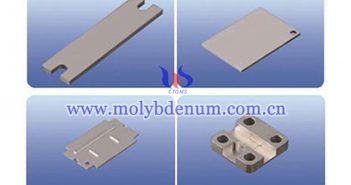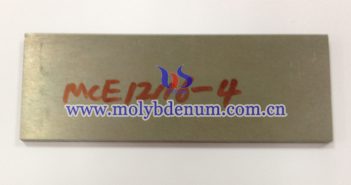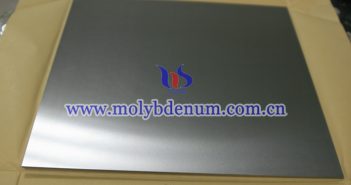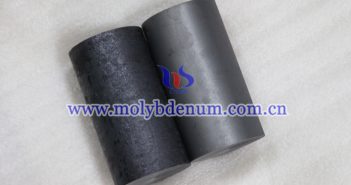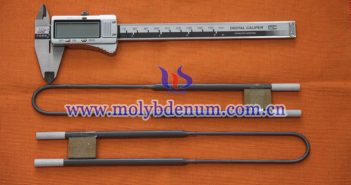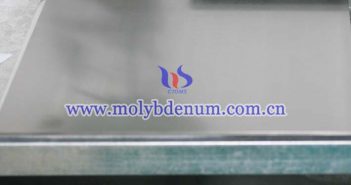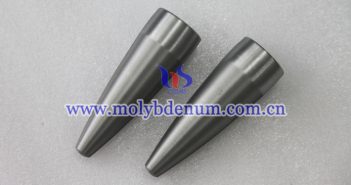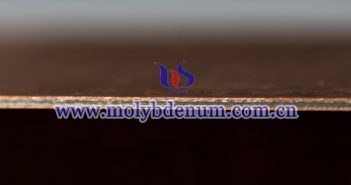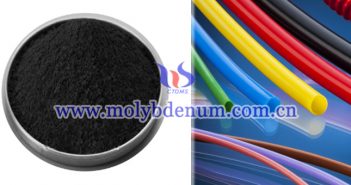
What are applications of plastic in daily life? 1,General purpose plastics: large output, wide application, good formability and low price. Widely used in daily necessities, packaging materials and small mechanical parts. Its output accounts for about 90% of the world’s total plastics, also known as bulk plastics, most of which are thermoplastics. 2,Special plastics: plastics with special properties in a certain aspect used in special environments, also known as dingal plastics, such as medical plastics, magnetically conductive plastics, thermally conductive…

